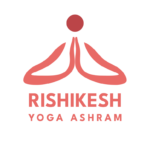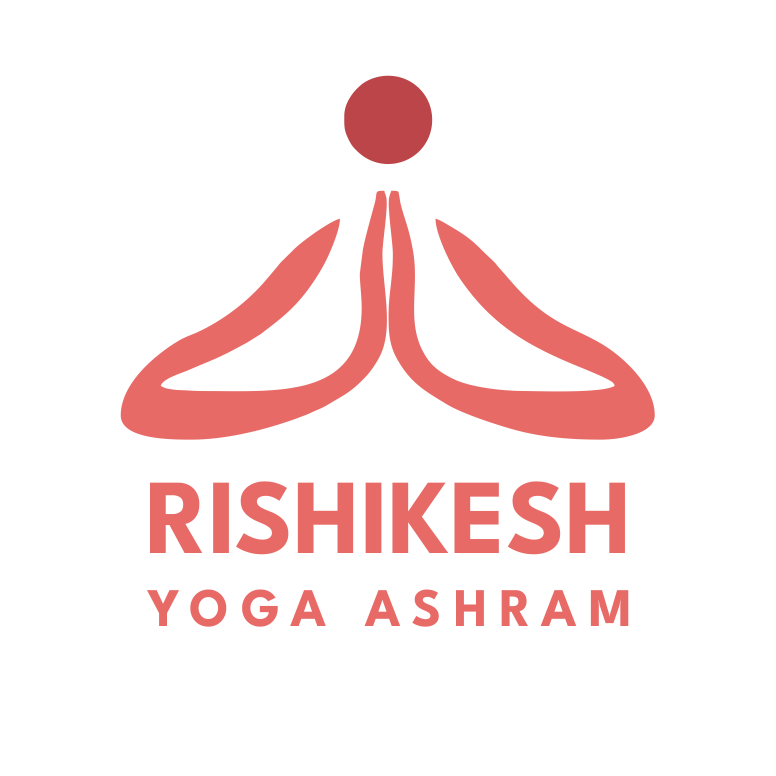Introduction
Are you looking for a simple yet effective yoga pose to relax, relieve stress, and stretch your body? Balasana (Child’s Pose) is one of the best yoga poses for deep relaxation, back pain relief, and mental calmness. Whether you’re a beginner or an advanced yogi, incorporating Balasana yoga pose into your daily practice can do wonders for your flexibility and posture.
In this article, we’ll explore:
✔️ What is Balasana and its benefits
✔️ Step-by-step guide on how to do Balasana correctly
✔️ Common mistakes to avoid in Child’s Pose
✔️ Who should and shouldn’t practice Balasana
If you’re ready to unlock the power of this simple yet effective yoga pose Balasana, keep reading!
What is Balasana? Understanding the Child’s Pose
Balasana (Child’s Pose) is a gentle resting pose that mimics the fetal position. It helps stretch the back, hips, and thighs while promoting relaxation and mindfulness. Often used in yoga sequences as a resting position between more intense poses, Balasana yoga pose benefits both the mind and body.
Balasana in Sanskrit
The word Balasana comes from:
- “Bala” = Child
- “Asana” = Pose
That’s why it’s also called Child’s Pose or Baby Pose Yoga.
It is commonly practiced in Hatha, Vinyasa, and Ashtanga yoga as a grounding and restorative posture.
Balasana Benefits: Why You Should Practice This Pose
Balasana yoga is more than just a relaxing yoga pose—it offers multiple physical and mental benefits. Here’s why you should practice it regularly:
1. Stretches the Back and Spine
- Helps relieve lower back pain
- Improves spinal flexibility
- Counteracts the effects of sitting for long hours
2. Relieves Stress & Anxiety
- Encourages deep breathing and relaxation
- Calms the nervous system
- Reduces mental fatigue and emotional tension
3. Enhances Digestion & Reduces Belly Fat
- Stimulates the abdominal organs
- Aids digestion and prevents bloating
- Can contribute to belly fat reduction with regular practice
4. Improves Blood Circulation
- Increases blood flow to the brain
- Enhances oxygen supply to the muscles
5. Strengthens the Hips, Knees & Thighs
- Deeply stretches the hip flexors and thighs
- Helps with knee mobility and flexibility
6. Good for Prenatal Yoga
- Safe and soothing for pregnant women (with modifications)
- Included in Pre Natal Yoga Teacher Training in Rishikesh
7. Balasana for Hair Growth
- Improves blood circulation to the scalp
- Can potentially help with hair health
Step-by-Step Guide: How to Do Balasana Correctly
Follow these steps to practice Balasana yoga pose correctly:
1. Start in a Comfortable Position
- Kneel on the yoga mat with your big toes touching.
- Sit back on your heels, keeping your spine straight.
2. Fold Forward Gently
- Inhale deeply, then exhale as you bend forward.
- Stretch your arms in front of you with palms facing down.
3. Rest Your Forehead on the Mat
- Keep your forehead touching the ground.
- Relax your neck, shoulders, and back muscles.
4. Keep Your Breath Steady
- Breathe slowly and deeply.
- Feel the stretch in your hips and back.
5. Hold the Pose & Relax
- Stay in the position for 30 seconds to 1 minute.
- For deep relaxation, you can stay up to 5 minutes.
Common Mistakes in Balasana & How to Fix Them
Even though Balasana yoga pose is simple, many yogis make mistakes. Avoid these errors to get the most out of your practice:
❌ Arching the Back Too Much → Keep the spine neutral and relaxed.
❌ Placing Too Much Pressure on Knees → If you have knee pain, use a yoga cushion.
❌ Holding the Breath → Focus on deep and rhythmic breathing.
❌ Not Resting the Forehead Properly → Keep your head supported to prevent neck strain.
Balasana Variations for Different Needs
If you find Child’s Pose (Balasana yoga) challenging or want to modify it, try these variations:
1. Extended Child’s Pose (Utthita Balasana yoga)
- Stretch arms forward for a deeper spine stretch.
- Helps release tension in the upper back and shoulders.
2. Wide-Knee Child’s Pose
- Spread knees apart for a deeper hip stretch.
- Commonly used in prenatal yoga.
3. Supported Child’s Pose
- Place a bolster or folded blanket under the torso for extra support.
- Ideal for those with knee pain or lower back issues.
4. Ananda Balasana (Happy Baby Pose)
- A variation where you hold your feet while lying on your back.
- Great for hip flexibility and relaxation.
Balasana Contraindications: Who Should Avoid It?
Balasana yoga is safe for most people, but it’s not recommended if you have:
🚫 Knee Injuries → Avoid if you have severe knee pain or recent surgery.
🚫 Pregnancy (Late Stage) → Use modifications to avoid pressure on the belly.
🚫 Severe Lower Back Pain → Consult a yoga teacher before practicing.
🚫 High Blood Pressure or Vertigo → Avoid if it causes dizziness.
If you have any health conditions, consult an expert at the Best Yoga School in Rishikesh for guidance.
How to Include Balasana in Your Yoga Routine
Balasana is a great resting pose and can be included:
✔ At the beginning of your practice → Helps calm the mind.
✔ Between challenging poses → Acts as a recovery pose.
✔ At the end of your practice → Helps in deep relaxation before meditation.
If you’re looking to improve your yoga practice, consider a 200 Hour Yoga Teacher Training in Rishikesh to deepen your knowledge.
FAQs About Balasana (Child’s Pose)
1. What is Balasana and its benefits?
Balasana, or Child’s Pose, is a restorative yoga pose that stretches the back, relieves stress, and promotes relaxation. It helps with flexibility, digestion, and mental clarity.
2. How to do Balasana correctly?
Start in a kneeling position, sit back on your heels, and fold forward with your forehead resting on the mat. Stretch your arms forward and breathe deeply.
3. Is Balasana good for hair?
Yes! Balasana increases blood circulation to the scalp, which may help with hair growth and scalp health.
4. Does Balasana reduce belly fat?
Balasana improves digestion and metabolism, which can contribute to a flatter stomach when combined with a healthy diet.
Final Thoughts: Why You Should Practice Balasana Daily
Whether you’re a beginner or an experienced yogi, Balasana (Child’s Pose) is a must-have in your yoga practice. It relieves stress, improves flexibility, and supports spinal health.
Want to deepen your yoga journey? Join a Yoga Teacher Training Course in Rishikesh at Yogpeeth Rishikesh and transform your practice with expert guidance!
🧘♀️ Next Batch Starting Soon! Limited Seats Available! Book Your Spot Today!


